
Augmented Reality in Retail – Definition, Importance & More
Augmented Reality (AR) has revolutionized the retail industry in recent years by bridging the distance between physical and digital buying experiences. AR…
Explore More
Augmented Reality (AR) has revolutionized the retail industry in recent years by bridging the distance between physical and digital buying experiences. AR…
Explore More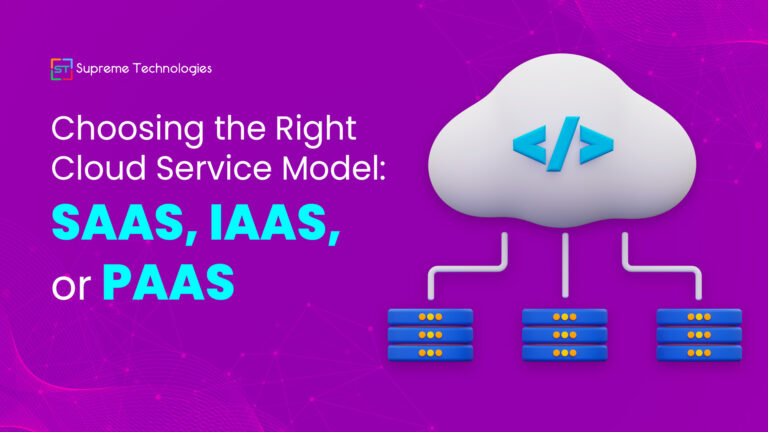
Cloud computing has revolutionized businesses by providing scalable, cost-effective, and flexible solutions. Among the other service models, Software as a Service (SaaS),…
Explore More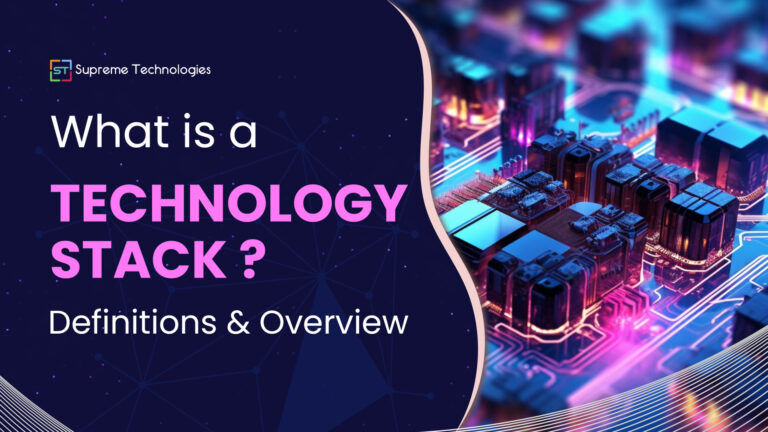
A technology stack is a collection of software tools and technologies used to create applications and websites. It’s like a toolkit developers…
Explore More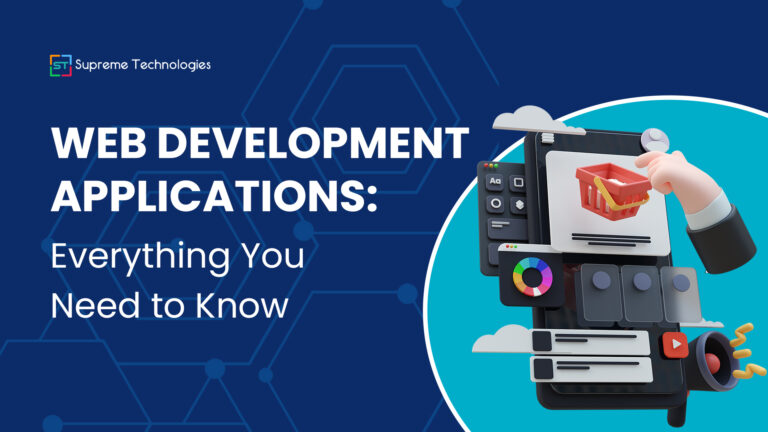
Web development applications are important tools for building and managing websites. Whether you are a beginner or an experienced developer, such applications…
Explore More
Augmented Reality is an amazing technology that combines digital elements with the real world, boosting our daily experiences. Whether improving gaming, revolutionizing…
Explore More
Have you ever wondered why some software programs run smoothly and reliably, while others tend to crash or struggle when put under…
Explore More
Companies are rapidly embracing a multi-cloud approach due to changing market conditions. For instance, the fast adoption of Artificial Intelligence (AI) is…
Explore More
Docker is the most popular tool for developers to work with containers. It makes it easy to create, run, and share containers…
Explore More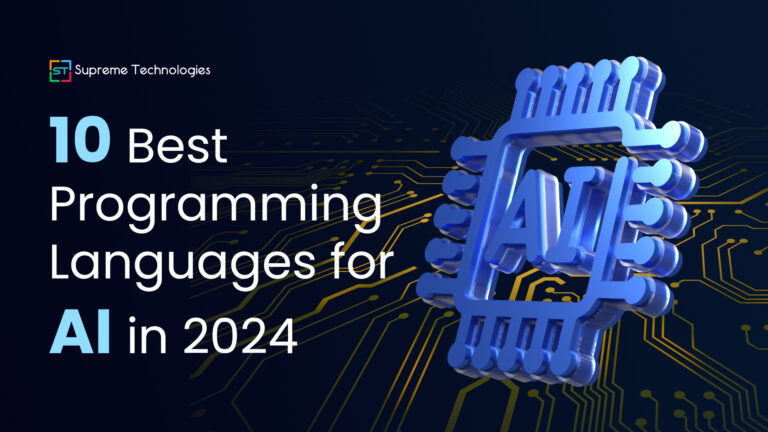
Nowadays, artificial intelligence is becoming popular and mostly used for businesses of different classes. AI is used for different operations in companies…
Explore More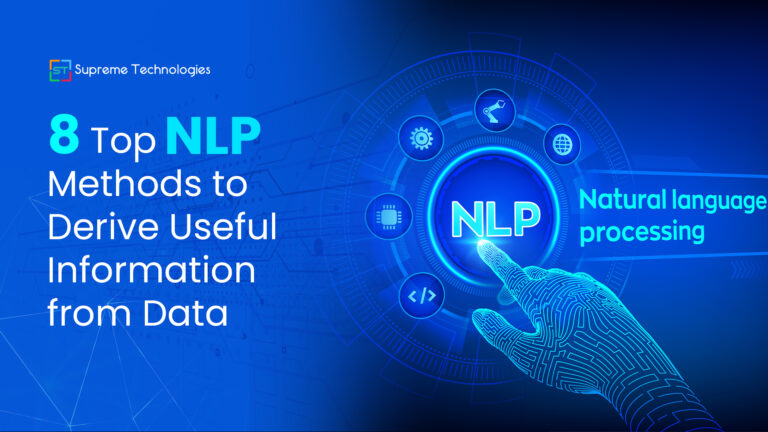
Understanding data can often feel like solving a difficult puzzle. But imagine having a special tool that makes it easy! That’s where…
Explore More